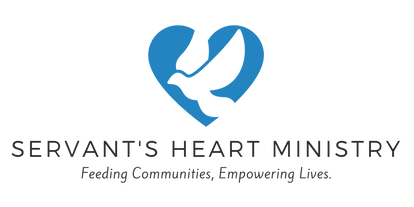The rate of hunger among seniors aged 60 and older has increased by 53% since 2001, a lingering effect of the 2008-09 recession. In fact, the number of seniors struggling with hunger is projected to increase by another 50% when the youngest of the baby-boom generation reaches 60 in 2025. And hunger pains can be increasingly painful as we age:
- 63% of senior households served by the Feeding America network are forced to choose between food and medical care.
- Households served by the Feeding America network that include an adult of the age 50 or older are at an increased risk of having someone with a chronic health condition, including diabetes (41%) and high blood pressure (70%) — conditions that can be mitigated by healthy food options.
- Only 42% of eligible seniors are enrolled and receiving SNAP benefits (formerly Food Stamps) — making assistance programs for SNAP enrollment that much more important for seniors.
HEALTH AND HOUSEHOLD INFORMATION OF PEOPLE FEEDING AMERICA SERVES
FEEDING AMERICA SENIOR MEAL PROGRAMS
POVERTY AMONG SENIORS
- More than 33% of households Feeding America serves have at least one member who is 60 or older.
- Food-insecure seniors are at increased risk for chronic health conditions, even when controlling for other factors such as income
- 60% are more likely to experience depression
- 53% are more likely to report a heart attack
- 52% are more likely to develop asthma
- 40% are more likely to report an experience of congestive heart failure.
- Two out of five (41%) households we serve with an adult age 50 and older have at least one member with diabetes, and more than two-thirds (77%) of the households we serve with an older adult have at least one member who has high blood pressure. These rates increase with age.
- Thirty percent of households Feeding America serves with at least one senior report having a member who has served in the U.S. military. This number is slightly lower (approximately 27%) when including households with a member(s) age 50 and older.
FEEDING AMERICA SENIOR MEAL PROGRAMS
- Twelve percent of meal programs, such as home-delivered meal programs, and 7% of grocery programs, such as senior brown bag programs, are targeted for seniors.
POVERTY AMONG SENIORS
- In 2016, 9% of seniors (4.6 million older adults age 65 and older) lived below the poverty line.10
- In 2016, under the Supplemental Poverty Measure, 14.5% of seniors are living in poverty as compared with 9% under the official measure.11
- In 2016, under the Supplemental Poverty Measure, medical out-of-pocket expenses (MOOP) increase the poverty rate among seniors (9% excluding MOOP, 14.5% including).
